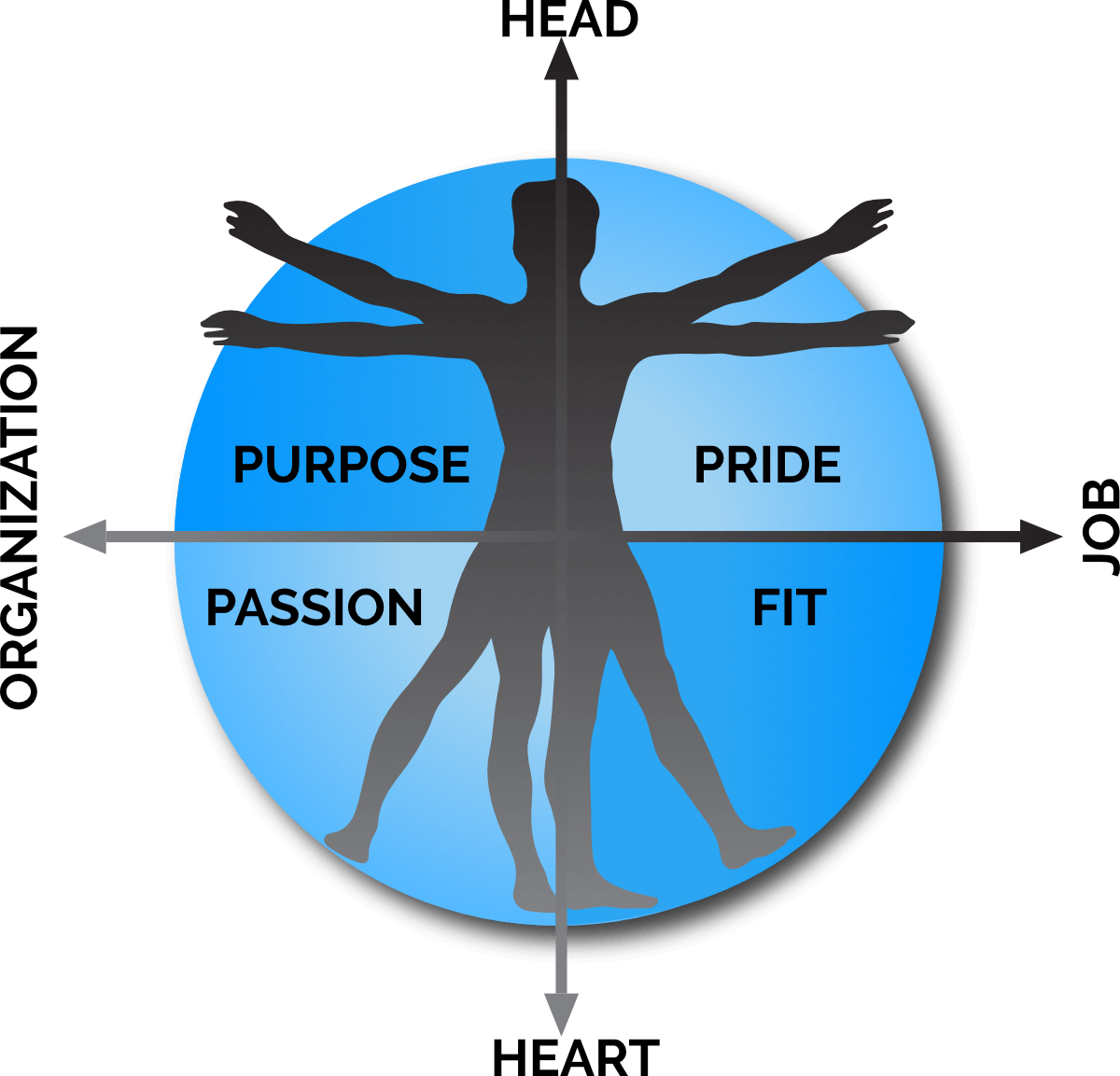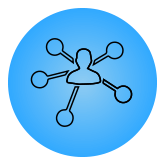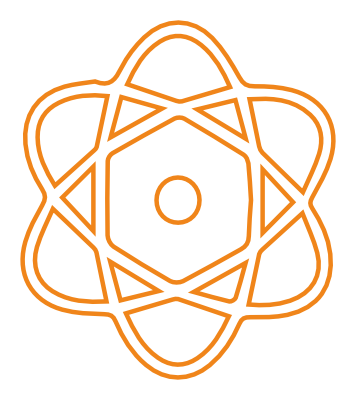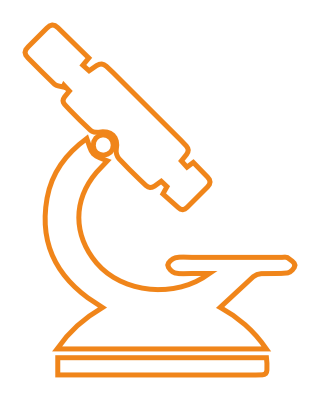About Cymatic Leadership
Create the environment for engagement
Be in control by letting go
Pathfinder leader
The pathfinder leader senses the environment and market of the organization. They are responsible for strategy and vision.
Enabling leader
The enabling leader creates the right environment and workplace for employees and entrepreneurial leaders for them to blossom.
Entrepreneurial leader
Anyone can be a leader. The entrepreneurial leader takes the initiative to explore new ideas. They see an opportunity and seize it.
In today’s complex fast changing world organizations need to master the ability to reinvent themselves and outsmart the competition.
We believe this need calls for a fundamental different approach to leadership and organizational design. One where anyone can be a leader to identify and pursue promising opportunities. It’s your people that posses the potential to drive change, think out-of-the-box, and persistently pursue opportunities.
No manager can hope to be smarter than the combined brainpower and creativity of their people. Yet, only 3% of employees think managers treat them as key parts of the organization.
Cymatic Leadership is a framework that allows leaders to build true adaptive organizations by creating leaders instead of attracting followers. It allows you to bank on the power of employee engagement.

Cymatic leaders do not manage people. They manage a system designed for engagement.
Engagement is rooted in three fundamental psychological needs

Autonomy
Everybody feels the need to self-regulate one’s experiences and actions. It’s the feeling you have choices and you fully endorse your actions.

Relatedness
Relatedness means feeling socially connected to others. Belonging to a group and feeling significant are part of relatedness.

Competence
Competence is the need to be good at something. This need is most optimally satisfied if one can do challenging work but within the limits of ones skills.
Cymatic Leaders build adaptive organizations.
The system entails six main themes.

Clarify Corporate Identity
Corporate identity is the organizational equivalent of a human identity. It clarifies what the organizations stands for, enabling people to consciously contribute.
Learn to develop powerful purpose, values, and strategic intent

Organize around value
Organizations are still designed around functional silos. As a result everyone is responsible for a part and nobody is responsible for the whole.
Learn how to organize around the flow of value instead. Cut delays. Share accountability. Maximize focus.

Supercharge decision-making
Face it: in many organizations decision-making is agonizingly slow. Being adaptive calls for radical decentralization and autonomy of teams and individuals. Which paradoxically calls for clear boundaries.
Our authority model supercharges the speed and quality of decisions.

Continuously Learn & Discover
The organizations that learn the fastest, are the ones that survive. They master concepts like tolerance for failure; disciplined experimentation; and fluidity in roles.
This calls for fundamental changes in performance management, hiring policies, and job design.

Promote Dialog & Teamwork
Those who work in teams are twice as much engaged than those who are not. Cross-functional teams are even better. But a group of people does not equal a high-performing team. Yet.
Communication and language is everything. True collaboration depends on it.
